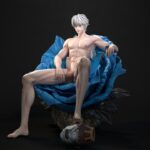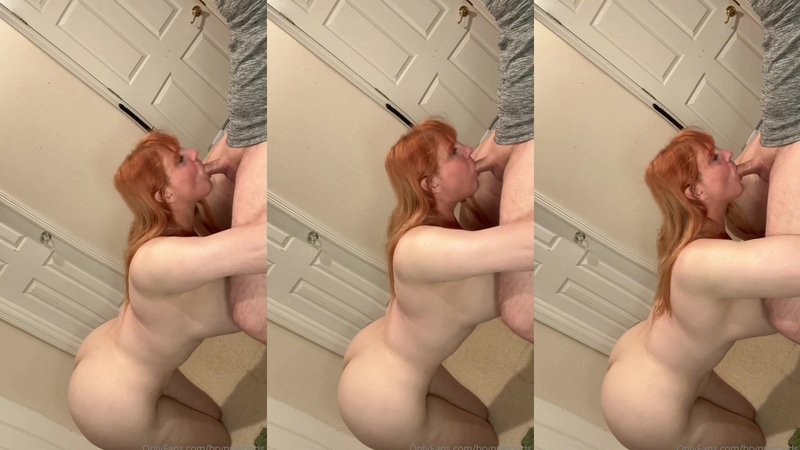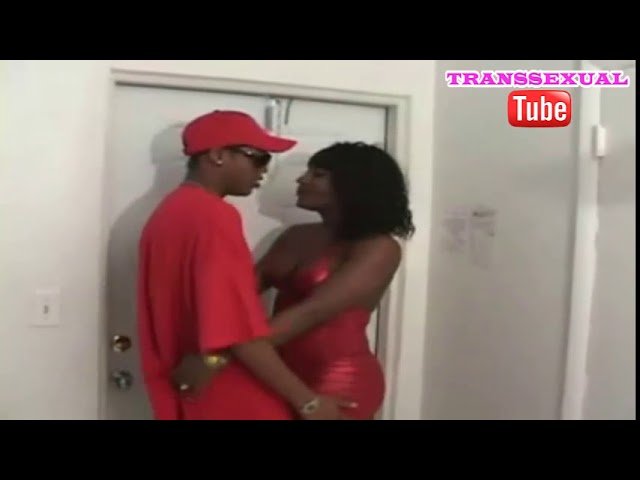Wondering about artist business cards? Look no further! Your business cards are your artistic identity in the palm of someone’s hand. They speak volumes about your creativity and professionalism. Make a lasting impression with a design that showcases your unique style. Let’s dive into the world of artist business cards – where creativity meets practicality. Let your creativity shine and leave a memorable mark with every card you hand out. Your business cards are a powerful tool in your artistic journey.
Exploring the World of Artist Business Cards
The Importance of Artist Business Cards
As an artist, your business cards are more than just pieces of paper with contact information – they are powerful tools that reflect your creativity and professionalism. Here’s why artist business cards are essential for your career:
- **First Impression:** Your business card is often the first physical impression a potential client or collaborator will have of you. It sets the tone for your brand and showcases your artistic style.
- **Memorable Branding:** A well-designed business card can leave a lasting impact on the recipient. It helps them remember you and your work, making it more likely for them to reach out in the future.
- **Networking Tool:** Artist business cards are crucial for networking at events, exhibitions, and meetings. They provide a tangible way for people to contact you and serve as a reminder of your talents.
- **Professionalism:** Having a well-crafted business card demonstrates that you take your art career seriously. It shows that you pay attention to details and care about presenting yourself in a polished manner.
Designing Your Artist Business Cards
Creating a standout artist business card involves more than just slapping your name and contact information on a small piece of paper. Here are some key elements to consider when designing your cards:
1. **Visual Aesthetics**
- **Artwork:** Incorporate your artwork or a snippet of your portfolio on the card to give recipients a glimpse of your style.
- **Color Scheme:** Choose colors that resonate with your artistic brand. Consider using your signature colors or those that evoke the emotions you want your audience to feel.
- **Typography:** Select fonts that complement your artistic style. Avoid using generic fonts and opt for ones that align with your creative identity.
- **White Space:** Don’t overcrowd your card with excessive information or visuals. White space can help elements stand out and make the card easier to read.
2. **Information to Include**
- **Name:** Your full name or preferred artist name should be prominent on the card.
- **Contact Details:** Include your phone number, email address, website, and social media handles (if applicable).
- **Artistic Statement:** Consider adding a brief artistic statement or tagline that encapsulates your style or philosophy.
3. **Paper Quality**
Choosing the right paper can enhance the look and feel of your business cards. Opt for high-quality paper that aligns with your artistic aesthetic. Matte, glossy, or textured finishes can all add a tactile element to your cards.
Distributing Your Artist Business Cards
Once you have your artist business cards ready, it’s time to strategically distribute them to maximize their impact:
- **Art Exhibitions:** Hand out your cards at art shows, galleries, and exhibitions to connect with fellow artists, collectors, and potential buyers.
- **Networking Events:** Bring a stack of cards to networking events, workshops, and conferences to exchange contact information with industry professionals.
- **Local Businesses:** Partner with local cafes, boutiques, or art supply stores to display your cards at their checkout counter or community board.
- **Direct Mail:** Consider mailing your cards along with a personalized note to art enthusiasts, galleries, or collaborators you want to work with.
Measuring the Success of Your Artist Business Cards
Tracking the effectiveness of your artist business cards is essential to understanding their impact and making improvements. Here are some metrics to consider:
1. **Response Rate**
Monitor how many people contact you after receiving your business card. A high response rate indicates that your cards are resonating with the recipients.
2. **Conversion Rate**
Track the number of leads generated from your business cards that result in actual collaborations, sales, or opportunities. This metric measures the effectiveness of your cards in converting interest into action.
3. **Feedback and Engagement**
Gather feedback from recipients about their impressions of your business card. Analyze any engagement on social media or your website that can be attributed to the card distribution.
4. **A/B Testing**
Experiment with different designs, messages, or call-to-actions on your business cards to see which variations perform better. Use A/B testing to refine your card for optimal results.
In conclusion, artist business cards are indispensable tools for showcasing your creativity, making connections, and leaving a lasting impression in the art world. By carefully designing, distributing, and measuring the success of your business cards, you can elevate your brand and open doors to countless opportunities in the artistic community. Remember, your business cards are not just pieces of paper – they are reflections of your artistic identity and the first step towards building meaningful relationships in the industry.
The creative business card for artists
Frequently Asked Questions
What information should be included on artist business cards?
On artist business cards, essential information to include is the artist’s name, contact details such as phone number and email address, their artistic discipline or specialization, a brief tagline or description of their work, and links to their portfolio or social media accounts.
Should artist business cards have a unique design or style?
Yes, it is highly recommended for artist business cards to have a unique and visually appealing design that reflects the artist’s style and aesthetic. A distinctive design can leave a lasting impression on potential clients or collaborators.
How many business cards should an artist typically carry?
An artist should carry an ample supply of business cards, usually ranging from 50 to 100 cards depending on how frequently they network or attend events. It’s better to have more cards on hand than to run out when an opportunity arises.
Is it important for artist business cards to be printed on high-quality paper?
Indeed, the quality of the paper used for artist business cards can significantly impact the overall impression they make. Opting for high-quality paper stock can convey professionalism and attention to detail, enhancing the perceived value of the artist’s brand.
Can artist business cards serve as promotional tools for upcoming events or exhibitions?
Artist business cards are versatile marketing tools that can certainly be used to promote upcoming events or exhibitions. Including event details or a teaser about the next exhibition on the business card can generate interest and attract attendees.
Final Thoughts
In conclusion, artist business cards play a crucial role in establishing a memorable and professional impression. Carefully designed cards can showcase an artist’s style and work, making a lasting impact on potential clients and collaborators. Including essential contact information is key to ensuring easy follow-up and communication. Remember, a well-crafted artist business card is a powerful tool to introduce yourself and make a lasting impression in the creative industry.










